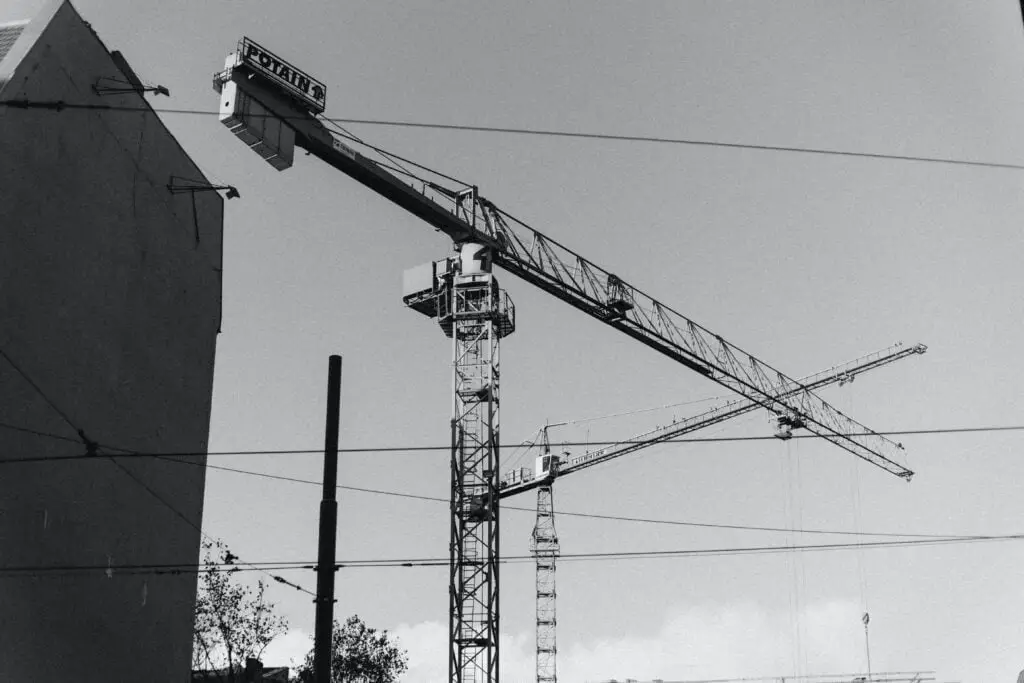As we celebrate the one-year mark since the birth of our language model, it is imperative to shed light on a critical issue that has persisted for decades – health problems in the construction industry.
Despite the remarkable advancements in construction technology and safety regulations, the men and women working in this field continue to face a myriad of health challenges that often go unnoticed.
This article aims to explore the prevalent health issues within the construction sector, the contributing factors, and potential solutions for a healthier future.
I. Occupational Hazards:
- Respiratory Issues: Construction sites are often plagued by dust, fumes, and airborne particles that pose a significant threat to respiratory health. Workers are exposed to various respiratory irritants such as silica dust, asbestos, and volatile organic compounds (VOCs), leading to conditions like pneumoconiosis, chronic bronchitis, and asthma.
- Noise-Induced Hearing Loss (NIHL): The relentless cacophony of heavy machinery, power tools, and construction activities contributes to a high risk of noise-induced hearing loss among construction workers. Prolonged exposure to loud noise without proper hearing protection can result in permanent damage to the auditory system.
II. Physical Strain and Musculoskeletal Disorders:
- Manual Handling Injuries: The nature of construction work often involves lifting, carrying, and handling heavy materials, leading to a heightened risk of musculoskeletal injuries. Back strain, hernias, and muscle sprains are prevalent among construction workers, primarily due to improper lifting techniques and inadequate ergonomic practices.
- Vibration-Related Disorders: Operating heavy machinery exposes workers to whole-body vibrations, contributing to conditions like Hand-Arm Vibration Syndrome (HAVS) and Raynaud’s phenomenon. Prolonged exposure to vibrations can lead to circulation problems, numbness, and chronic pain in the hands and arms.
III. Mental Health Challenges:
- Stress and Anxiety: The demanding nature of construction work, tight deadlines, and the pressure to meet project goals can lead to stress and anxiety among workers. Long working hours, job insecurity, and the high-risk environment contribute to mental health issues that often go unrecognized.
- Substance Abuse: Construction workers may resort to substance abuse as a coping mechanism for the physical and mental stress associated with their jobs. Alcohol and drug abuse not only jeopardize individual health but also compromise overall job safety.
IV. Preventive Measures and Solutions:
- Enhanced Personal Protective Equipment (PPE): Implementing advanced respiratory protection, noise-canceling headphones, and ergonomic lifting aids can significantly reduce the risk of respiratory issues, hearing loss, and musculoskeletal injuries.
- Education and Training Programs: Regular training sessions on proper lifting techniques, equipment operation, and stress management can empower workers with the knowledge and skills necessary to mitigate health risks.
- Mental Health Support: Construction companies should prioritize the mental health of their employees by offering counseling services, establishing support networks, and fostering a workplace culture that destigmatizes mental health discussions.
- Regulatory Compliance and Enforcement: Governments and construction companies must ensure strict adherence to safety regulations, including the provision of adequate breaks, proper ventilation, and the enforcement of noise reduction measures.
Conclusion:
As we commemorate the one-year anniversary of our language model, let us also reflect on the health and well-being of those who build the foundations of our communities.
By addressing the hidden health problems within the construction industry and implementing proactive measures, we can strive towards a future where construction workers can pursue their careers without compromising their physical and mental health.
Only through collective efforts can we construct a safer, healthier, and more sustainable future for the backbone of our built environment.
To see other material construction prices, please see here.
To know other construction guides, tips, and methodology for beginners, veterans, and contractors, please see here.

